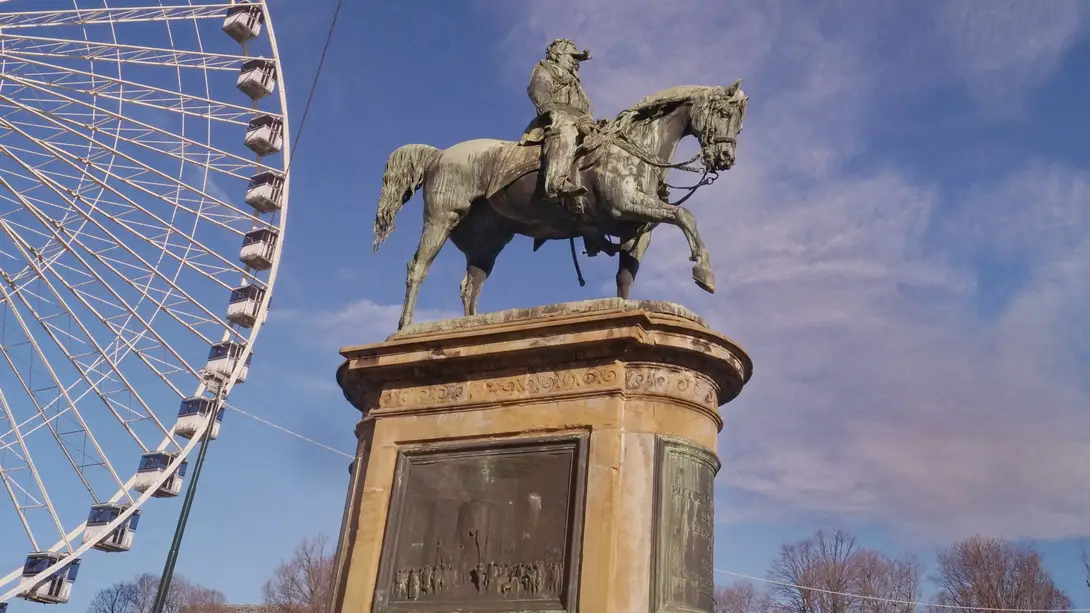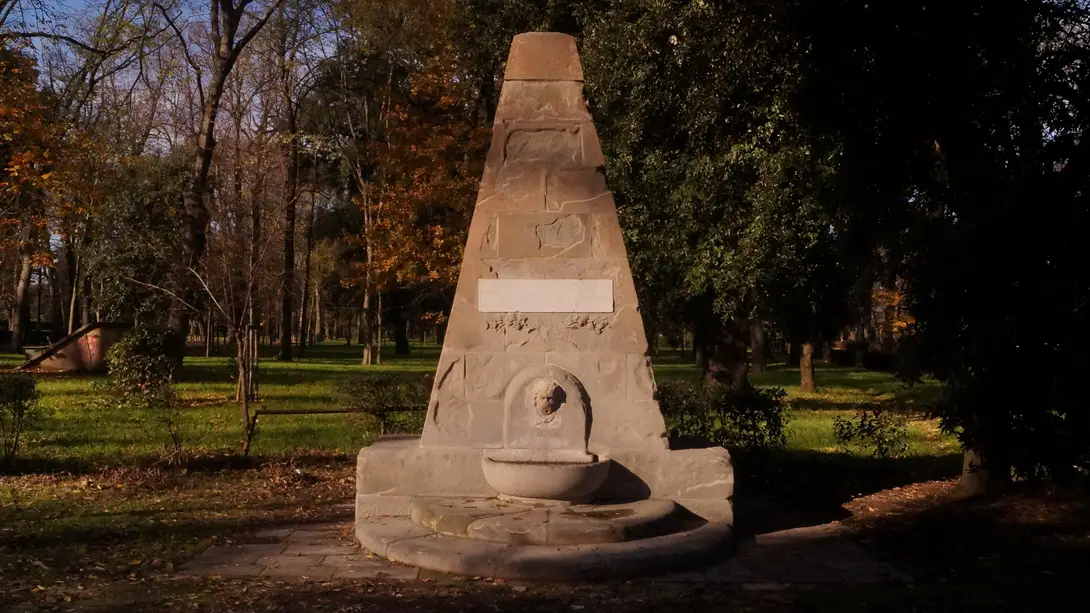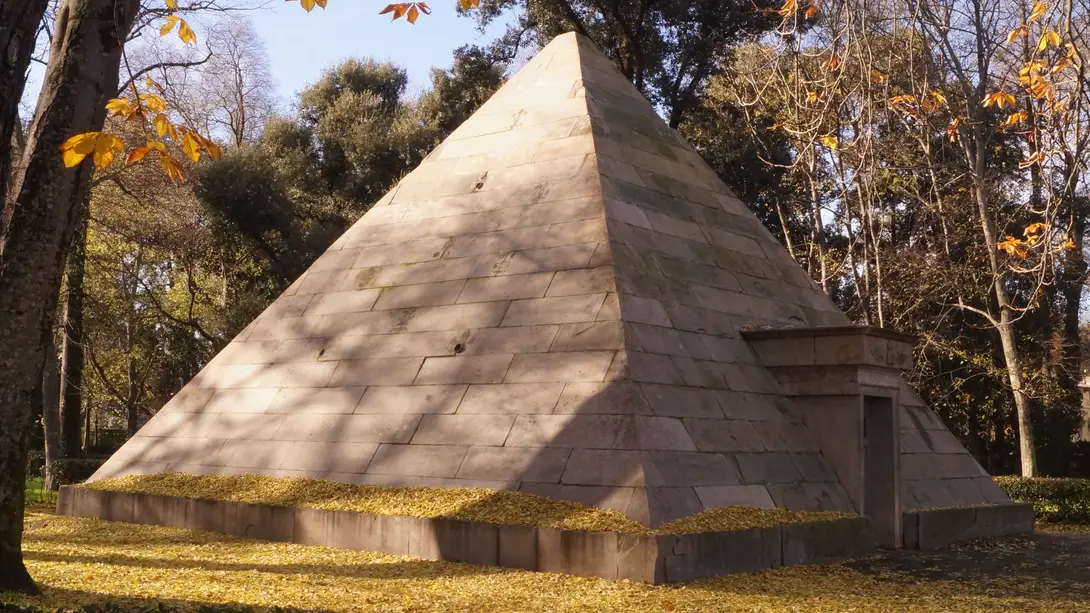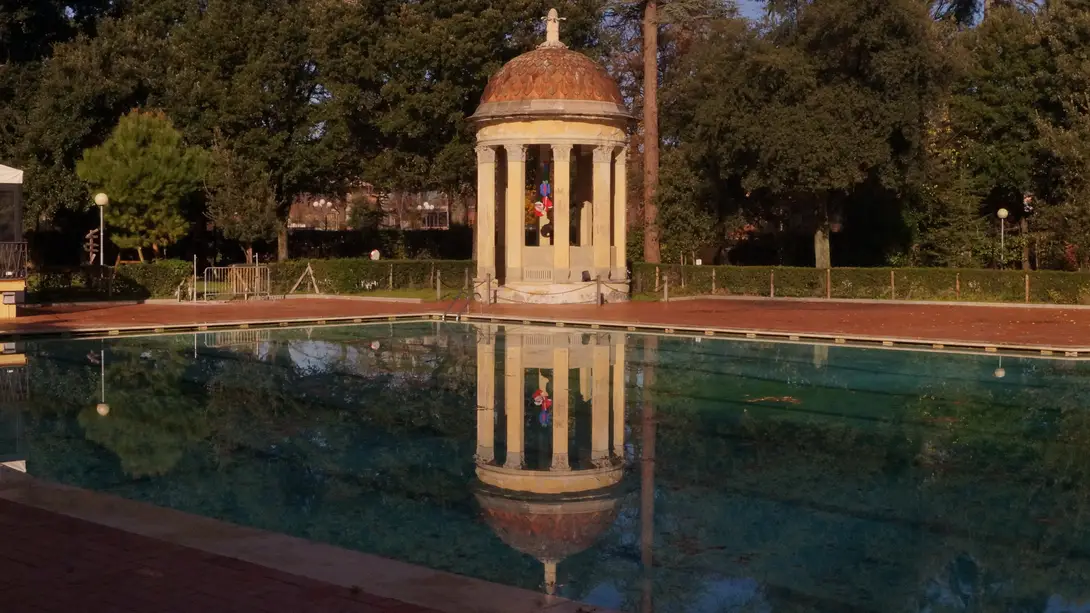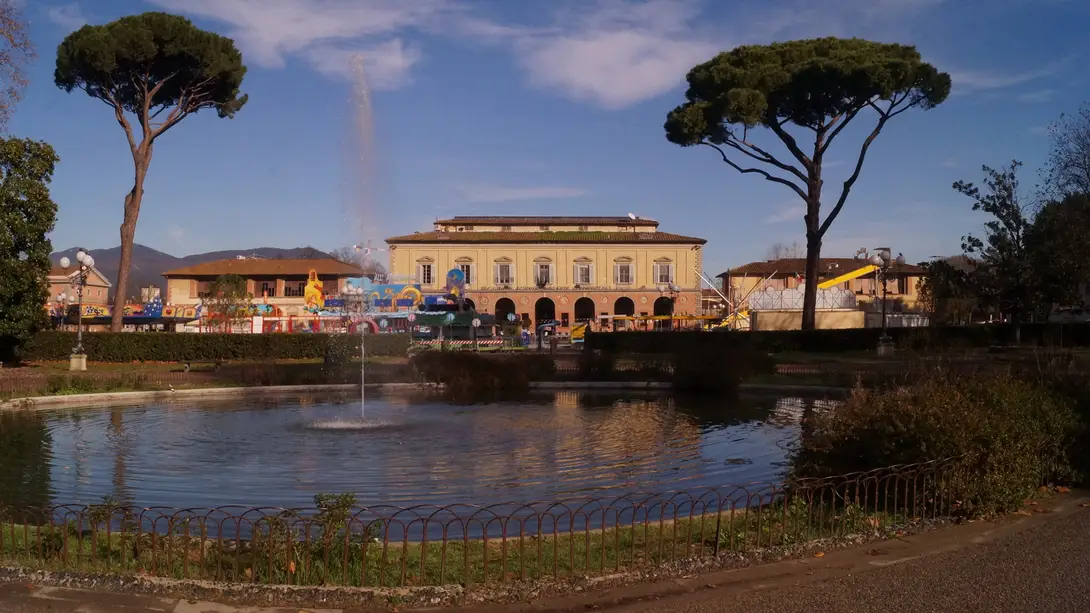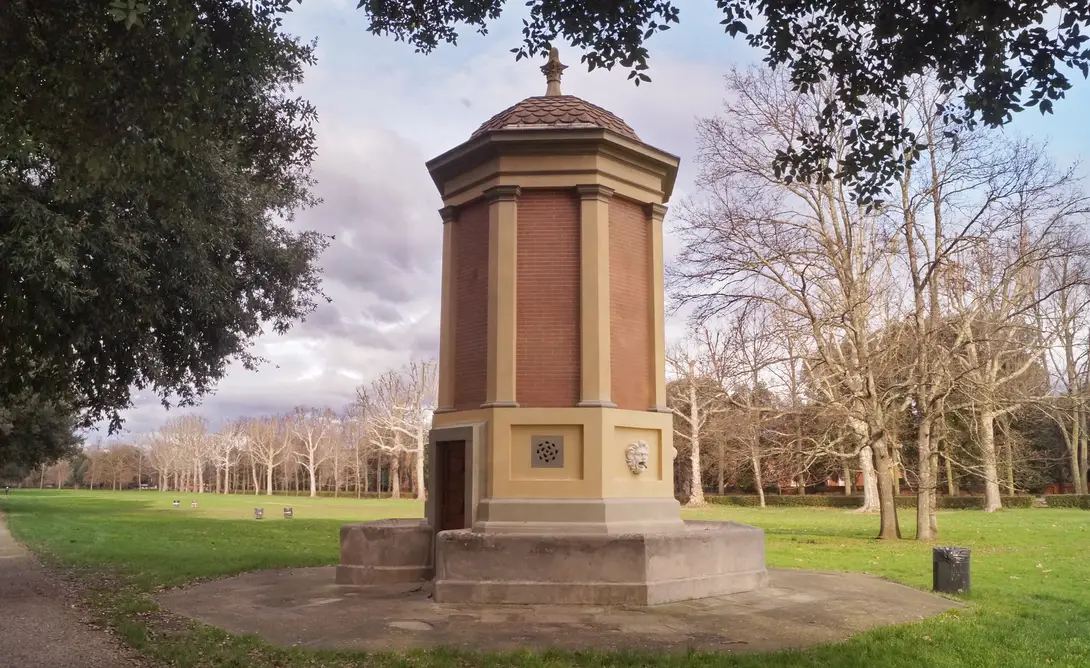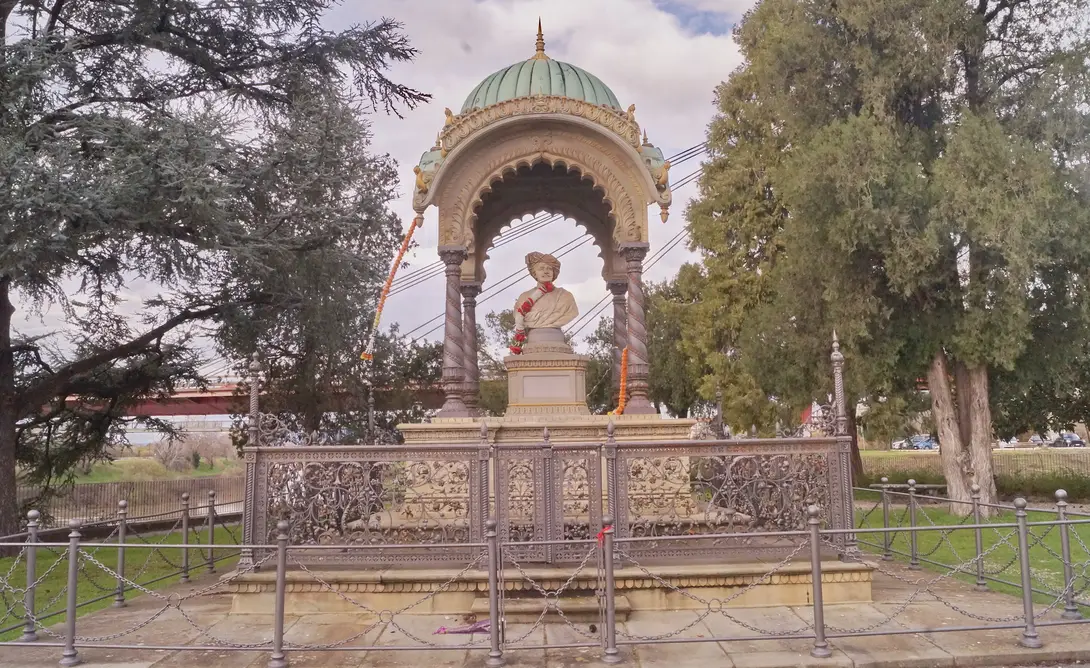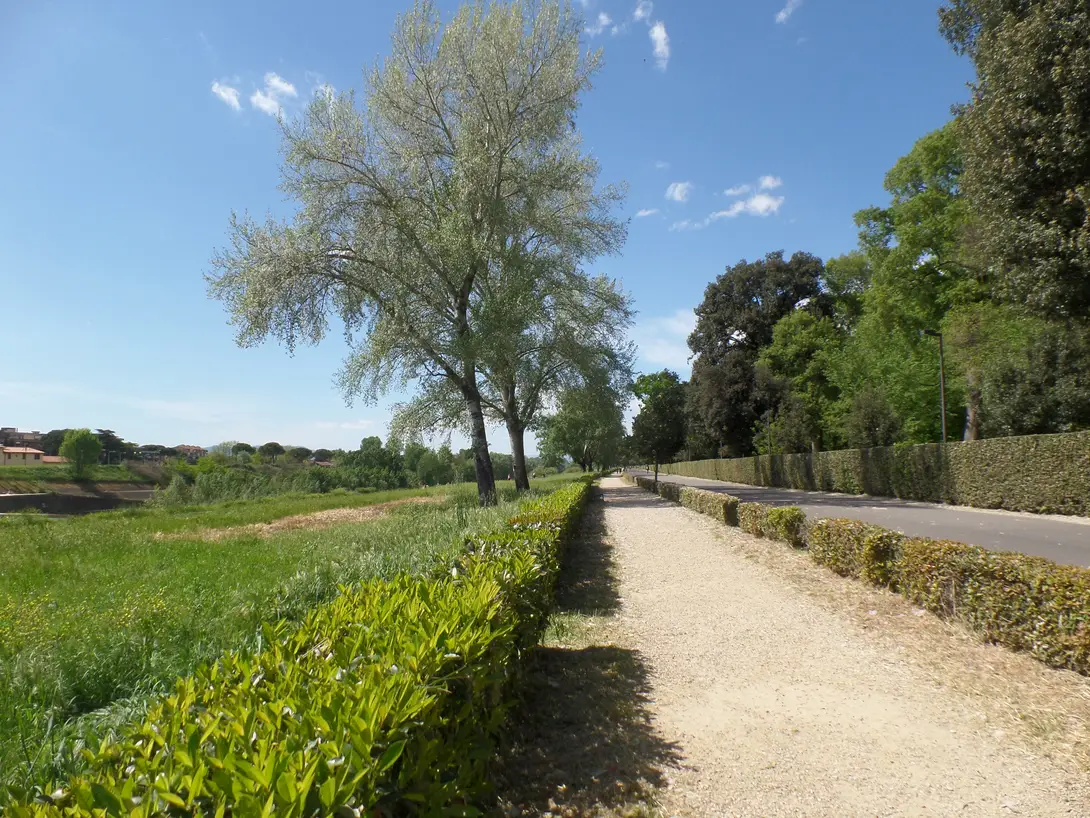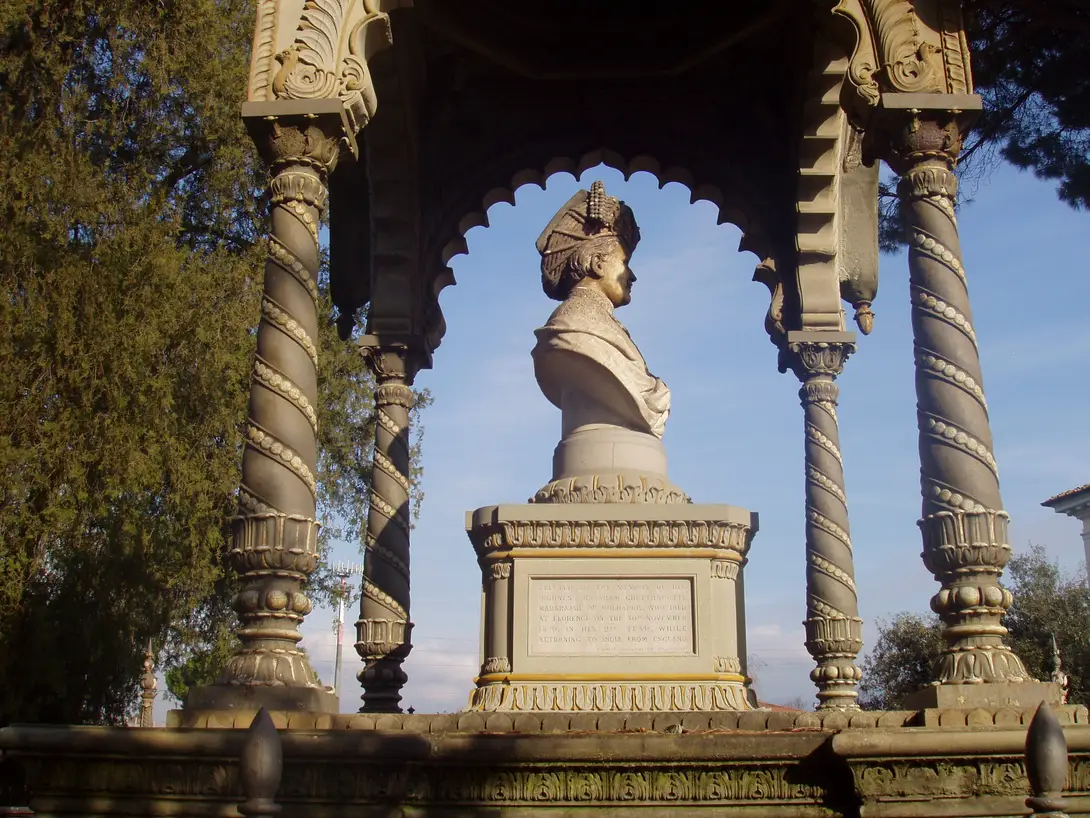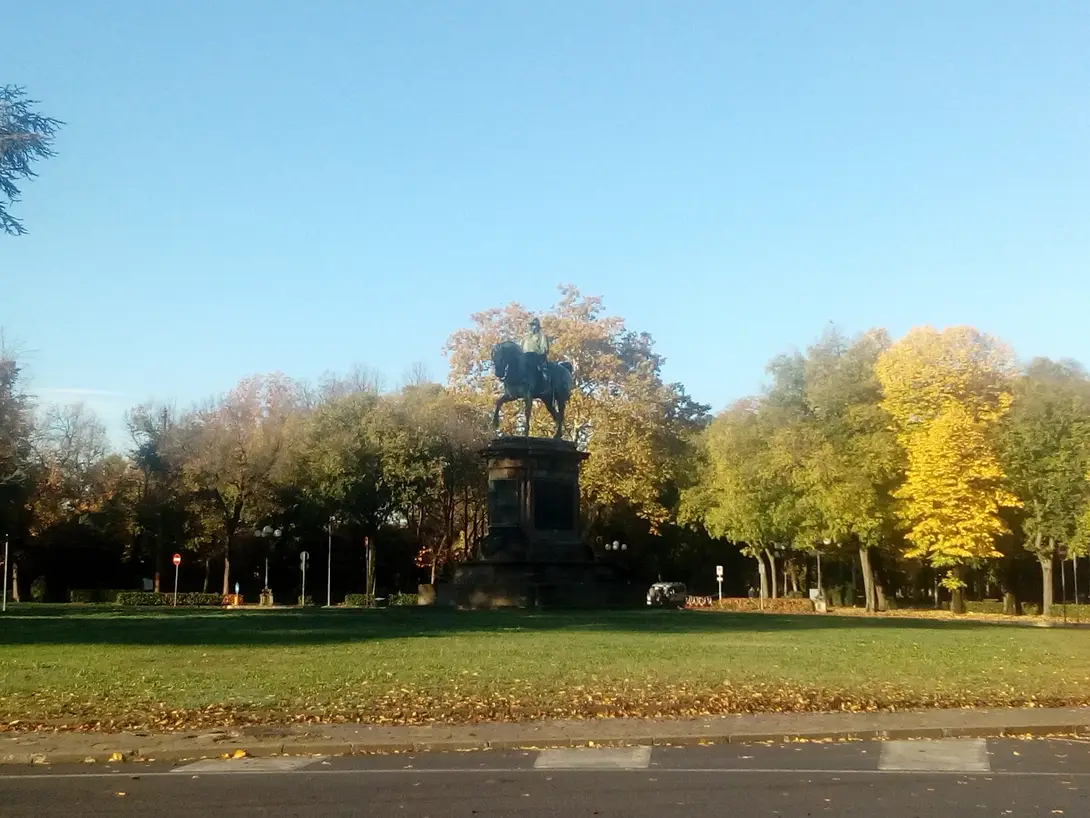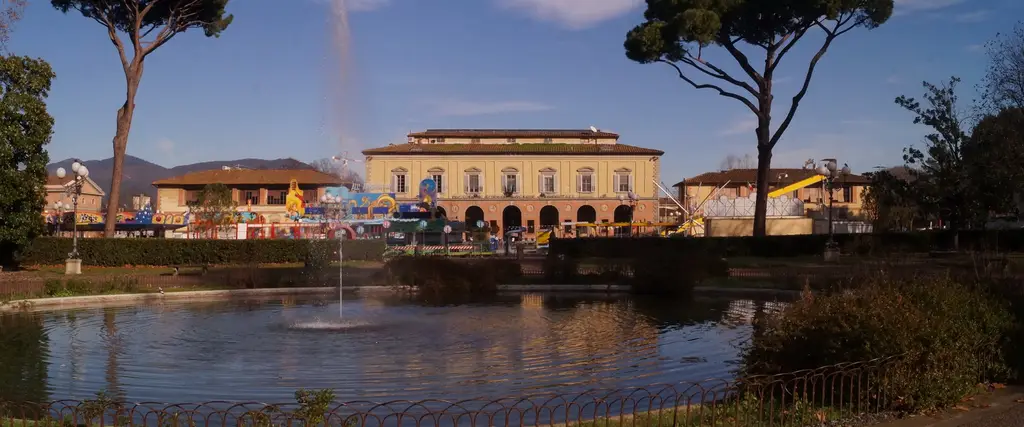
Explore Cascine Park with us
Cascine Park is the green heart of the city, and being only a few steps far from the city center, it’s the ideal place to go for a walk or for a bicycle ride.
It’s Florence’s largest park, measuring 160 hectares, 35 of which are covered by woods. It extends along the river bank, from Porta al Prato until the conjunction between river Arno and torrent Mugnone.
History
The park was commissioned by the first Grand Duke of Tuscany, Cosimo I de' Medici, as a private agricultural estate and hunting reserve.
The name "Cascine" comes from the word "cascio," which refers to a place used for producing milk and cheese (cacio), hence the name "Cascine."
The Medici also introduced rare botanical species into the park, which constituted a subject of study and experimentation, and which are partly still present today.
Places of interest
When the Lorraine family inherited the Grand Duchy, the park took on an identity more focused on leisure, but it also retained a productive aspect.
Grand Duke Pietro Leopoldo, commissioned the renovation project to architect Giuseppe Manetti, who foreshadowed the English landscape garden.
At the end of the 18th century, Cascine park was enriched with monuments, such as the Palazzina Reale, now the seat of the Faculty of Agriculture and Forestry, the Grand Ducal Stables, seat of the cultural center PARC, the Quercione drinking trough, known as the Fountain of Boccacce, the pyramid which was used as an ice-house, and more architectural details.
In addition to the Boccacce Fountain, there is also the Narcissus Fountain, where we can read an inscription dedicated to the Romantic English poet Percy Bysshe Shelley.
In the western area of the beautiful historical and natural complex, there is also an amphitheater, venue of open air shows and concerts, while in the eastern area, by piazza Vittorio Veneto , there is Pavoniere swimming pool, named after two “pavoniere” (peacock cages) shaped like neoclassical temples.
An Indian prince
At the end of the Cascine Park stands an Oriental-style and eccentric funerary monument that testifies to the short and tragic life story of a visitor from distant India. In 1870, the young Indian prince Rajaram Chuttraputti of Kolhapur visited Florence. Rajaram Chuttraputti stayed at the Grand Hotel in Piazza Ognissanti, and it was in his luxurious hotel room that he died suddenly, likely because of a severe lung infection. He was only 21 years old.
To respect the Hindu religious tradition, the body of the Maharaja was cremated at the confluence of the Arno and Mugnone rivers.
The park became public in the early nineteenth century and later came under the ownership of the Municipality of Florence.
comune di Firenze
Useful information
The places
Stages
The monument of Vittorio Emanuele II
Piazza Vittorio Veneto was, in Giuseppe Poggi’s project, the access point to Cascine Park. In its center, the Vittorio Emanuele II’s equestrian statue stands tall.
Originally, this monument, designed by sculptor Emilio Zocchi in 1890, was installed in Piazza Vittorio Emanuele II, today called Piazza della Repubblica.
The statue was moved to its current location in 1932.
Fountain of Narcissus
Among the numerous fountains that can be found in Cascine Park, one of the most significant ones is the Fountain of Narcissus, realized in 1791 by florentine architect Giuseppe Manetti who added to it an inscription dedicated to english romantic poet Percy Bysshe Shelley.
The pyramid-shaped ice house
The pyramid-shaped ice house, built to keep the cold inside even in the warmest seasons and which nothing has to do with Egypt, is located near Pavoniere, in viale degli Olmi.
It’s a ten-meters high structure, built in 1796 on a project by Giuseppe Manetti, florentine architect at the court of Ferdinando III Lorraine.
Inside the pyramid there are niches that used to be filled with snow, stored during winter or taken down from the Apennines, which was used during summer to make sorbets and icecreams, but also to conserve the cheese produced by the Grand Ducal Farm.
The structure was not, naturally, the only facility used for this purpose. In fact, since the Renaissance, many ice houses, usually cone-shaped, were collocated in the moats, by the city walls and exposed to the cold winds coming from north-west.
Le Pavoniere
In the eastern area of Cascine Park, near piazza Vittorio Veneto, there is the Pavoniere swimming pool. It takes its name from the aviaries (“pavoniere”) shaped like neoclassical temples that can still be admired here.
The municipality swimming pool, open during summer, also constitutes a rental point for bicycles and roller skates.
Palazzina Agraria
The Palazzina Reale, or the Grand Ducal Villa is located in the exact center of Cascine Park, on a large square guarded by four lionesses-sphinxes, neo-egyptian decorations added at the end of the 18th century.
The building, commissioned by Grand Duke Pietro Leopoldo of Lorraine, was designed by Giuseppe Manetti in 1756 and constituted the main building of the Grand Ducal Farm, as indicated by the decorations on the facade.
Since 1936 it has been the seat of the Faculty of Agricultural and Forestry Sciences of the University of Florence.
Fountain of “Boccacce”
Not many among the Florentines know about Quercione trough, called Fountain of Boccacce, situated in the middle of one of the vast lawns of Cascine Park,
The structure standing in the middle of the Quercione lawn was created to provide cows, and later horses, with water. In fact Grand Duke Pietro Leopoldo considered Cascine Park his agricultural and hunting residence.
The construction was carried out between 1789 and 1796 by the architect Giuseppe Manetti. The fountain, also used by the public, took the name "Boccacce" due to the bizarre marble figures represented at the base of the five fountains. Over the years, the Quercione meadow has become a place for sports activities, and the fountain has remained important for quenching the thirst of park visitors.
The Indian
At the far end of Cascine Park, stands an oriental-style and eccentric-looking funerary monument, in memory of the sad and short story of a traveler coming from remote India. In 1870, young Indian prince Rajaram Chuttraputti of Kolhapur, came to visit Florence. He was staying at the Grand Hotel of Piazza Ognissanti, and in his room he died, probably because of a bad lung infection. He was only 21.
In respect to the Hindu tradition, his body was cremated at the conjunction of two water courses (the Arno river and the Mugnone torrent) and in that same place sculptor Fuller erected the small temple we can see today.
From that moment, the area around that spot has always been called The Indian.
